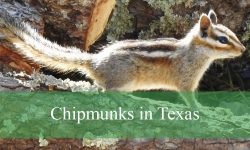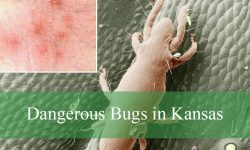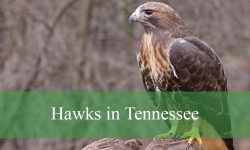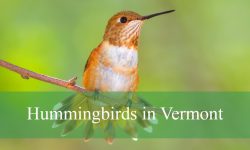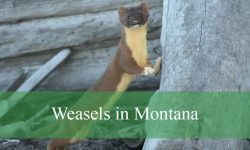California faces a growing threat from invasive insects that damage crops, forests, and urban landscapes. These pests disrupt ecosystems, reduce agricultural yields, and can carry plant pathogens that devastate valuable crops. Understanding and identifying these species is crucial for effective management and prevention.
From tiny sap-sucking psyllids to destructive beetles and moths, California hosts a variety of invasive insects that are difficult to control once established. Monitoring, early detection, and integrated pest management strategies are key to protecting both natural and agricultural environments.
This guide highlights ten of the most significant invasive insects in California, providing detailed information on their appearance, behavior, host plants, and areas of prevalence. Recognizing these pests early can help residents and farmers mitigate their impact.
Different Types of Invasive Insects Found in California
Asian Citrus Psyllid (Diaphorina citri)
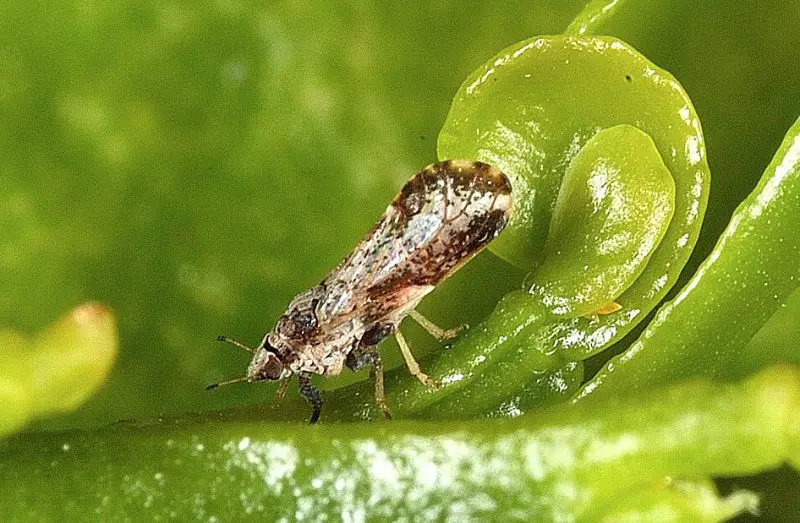
The Asian Citrus Psyllid is a tiny, winged insect measuring about 3–4 mm in length. Its body is brownish with mottled wings and conspicuous orange markings near the eyes. Nymphs are yellow-orange and secrete a waxy substance that helps protect them from predators. Adults are agile fliers and can quickly move between citrus trees.
This pest is notorious for spreading the bacterium that causes Huanglongbing (citrus greening disease), which is deadly to citrus trees. Identification can be tricky because its small size allows it to hide on the undersides of leaves, where it feeds on plant sap. Look for mottled leaves, yellow shoots, or the presence of nymphs and adults clustered on young leaves and stems.
Behaviorally, Asian Citrus Psyllids lay eggs in the tips of young shoots, and nymphs feed voraciously, weakening the tree. They reproduce rapidly, with multiple generations per year in California’s warm climate. Their movement can be facilitated by wind, human activity, and transportation of infected plant material.
In California, these psyllids are primarily found in southern citrus-growing regions. They pose a significant threat to the citrus industry, and extensive monitoring and management practices are in place, including biological controls like parasitoid wasps and chemical treatments to reduce populations.
Mediterranean Fruit Fly (Ceratitis capitata)
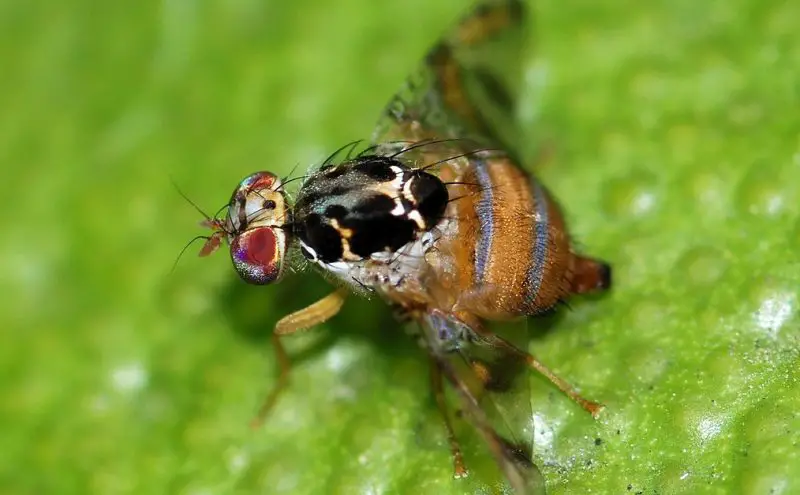
The Mediterranean Fruit Fly, commonly called Medfly, is a small fly about 4–5 mm long, with a yellowish body and distinctive brown bands across its wings. Its eyes are bright red, and the thorax has a pattern of dark markings. Larvae are creamy white, legless maggots that feed inside fruit.
Medflies infest over 250 types of fruits and vegetables, making them one of the most destructive agricultural pests. Detection usually involves observing larvae inside fruit, oviposition punctures on the fruit surface, or capturing adults in pheromone-baited traps. The damage they cause leads to premature fruit drop and economic loss.
Behaviorally, adults are strong fliers and can spread rapidly, laying eggs just under the skin of ripening fruit. Each female can lay hundreds of eggs in her lifetime, allowing populations to explode under favorable conditions. Larvae feed inside the fruit, making early detection difficult.
In California, Medflies are often intercepted in southern citrus and stone fruit orchards. Control efforts include sterile insect release programs, bait sprays, and quarantines to prevent widespread infestations. They thrive in warm, Mediterranean-type climates, which makes California particularly vulnerable.
Glassy-Winged Sharpshooter (Homalodisca vitripennis)
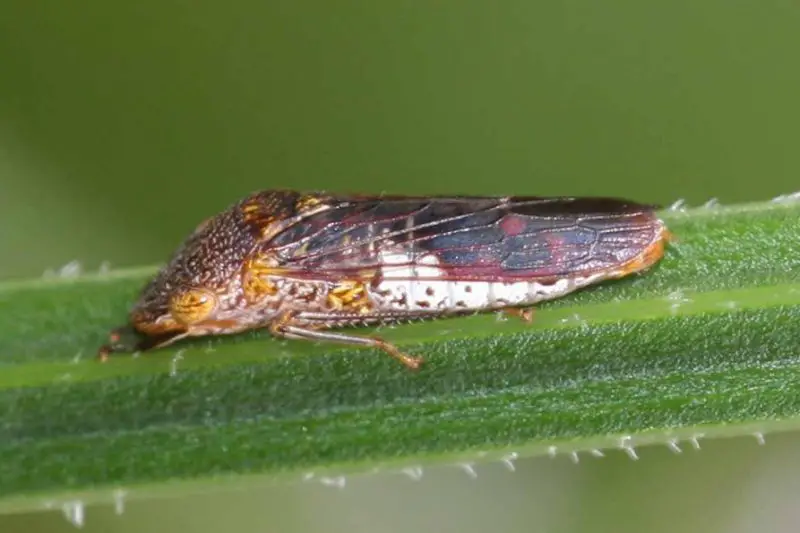
The Glassy-Winged Sharpshooter is a large leafhopper, approximately 12–14 mm in length. Its wings are transparent with dark veins, and its body is brown with white spots. Nymphs are smaller, greenish, and move in groups on host plants. Adults are strong fliers capable of long-distance dispersal.
This insect is a vector for Xylella fastidiosa, a bacterium that causes diseases like Pierce’s disease in grapevines. Identification involves spotting the large, clear wings and observing them jumping quickly when disturbed. Feeding damage alone is minor, but transmission of bacteria makes them highly destructive.
Glassy-Winged Sharpshooters feed on xylem sap using piercing-sucking mouthparts. They prefer citrus, grapes, and ornamental plants. Adults and nymphs both feed on multiple hosts, allowing the disease to spread across different crops and landscapes.
In California, they are widespread in southern regions and threaten vineyards and ornamental plants. Management includes monitoring populations, using insecticides, releasing natural predators, and controlling host plants to reduce habitat availability.
Light Brown Apple Moth (Epiphyas postvittana)
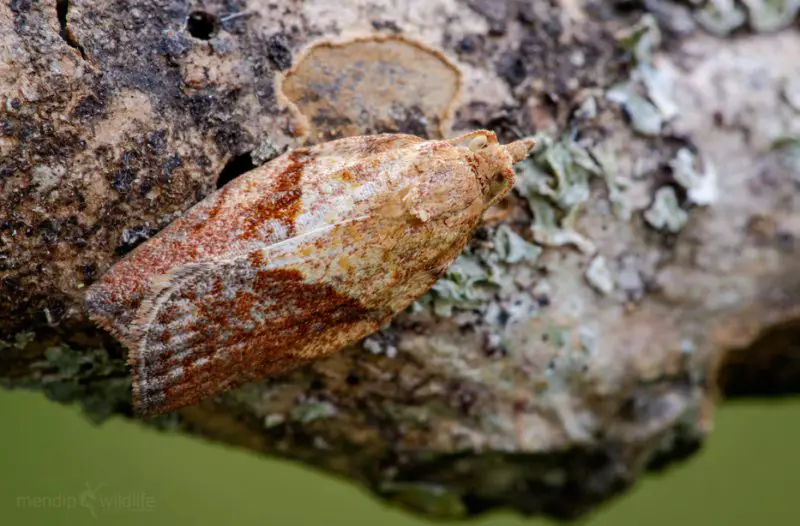
The Light Brown Apple Moth is a small moth with a wingspan of about 16–25 mm. Its forewings are light brown with subtle darker markings, while the hindwings are pale gray. Larvae are green with dark heads and feed on leaves, buds, flowers, and fruit.
This moth is highly polyphagous, attacking over 200 plant species, including apples, grapes, and citrus. Identification involves observing rolled or webbed leaves, frass deposits, and larvae feeding patterns. Adults are nocturnal and are attracted to light traps for monitoring.
Behaviorally, the larvae feed on new growth, causing deformities and reduced fruit quality. Pupation occurs in protected areas like leaf folds or on bark. Multiple generations can occur in a single year, especially in California’s mild climate, leading to continuous pressure on host plants.
In California, infestations are common in coastal and southern regions. Management strategies include pheromone traps, biological control with parasitoids, and insecticidal sprays. Early detection is crucial to prevent large-scale agricultural damage.
Brown Marmorated Stink Bug (Halyomorpha halys)
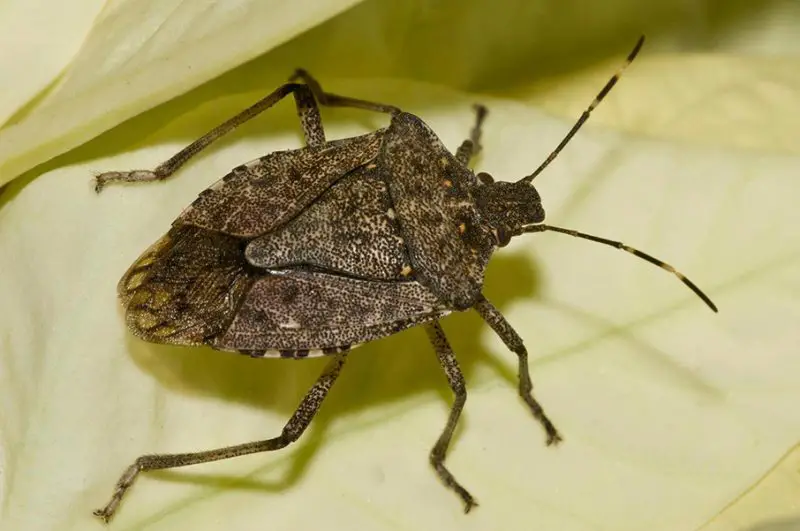
The Brown Marmorated Stink Bug is medium-sized, about 12–17 mm long, with a shield-shaped body. Its color is mottled brown with white bands on the antennae and legs. When disturbed, it releases a pungent odor as a defense mechanism.
This insect feeds on fruits, vegetables, and ornamentals, piercing plant tissue and sucking sap. Identification involves noticing the unique body shape, the white antennae bands, and damage to fruits like pitting, discoloration, or deformation. Adults often congregate in homes during fall for overwintering.
Behaviorally, BMSB is highly mobile and can travel long distances. It reproduces quickly, laying clusters of eggs on the undersides of leaves. Nymphs and adults both feed on a wide variety of host plants, making them a significant pest for farmers and gardeners alike.
In California, Brown Marmorated Stink Bugs are increasingly reported in urban and agricultural areas, particularly in the Central Valley and southern regions. Management includes exclusion from homes, monitoring traps, and targeted insecticide applications to protect crops.
Red Imported Fire Ant (Solenopsis invicta)
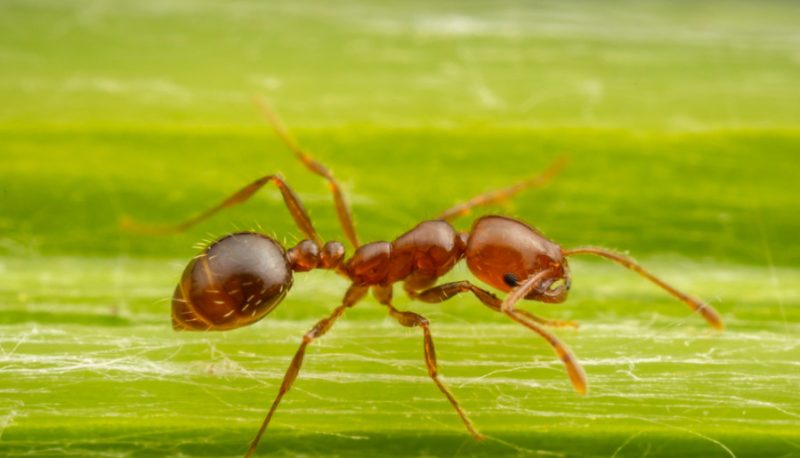
The Red Imported Fire Ant is a small, reddish-brown ant, typically 2–6 mm in length. Workers vary in size, from tiny minors to larger majors. They have a segmented body with a smooth, shiny head and thorax, and their stinger is visible at the rear of the abdomen.
This ant is highly aggressive and delivers painful stings that inject venom causing burning sensations, pustules, and sometimes allergic reactions. Identification is aided by the presence of large mound nests in soil, often in open areas like lawns, pastures, and along roadsides.
Behaviorally, these ants are highly territorial and form massive colonies with multiple queens. They forage aggressively for food, attacking both insects and small animals. The species reproduces rapidly, with new queens flying out to start satellite colonies, enabling quick expansion.
In California, Red Imported Fire Ants are primarily found in southern counties. They pose risks to humans, pets, and agriculture, as they damage crops, equipment, and electrical systems. Management includes baiting, insecticides, and biological controls to reduce populations.
European Grapevine Moth (Lobesia botrana)
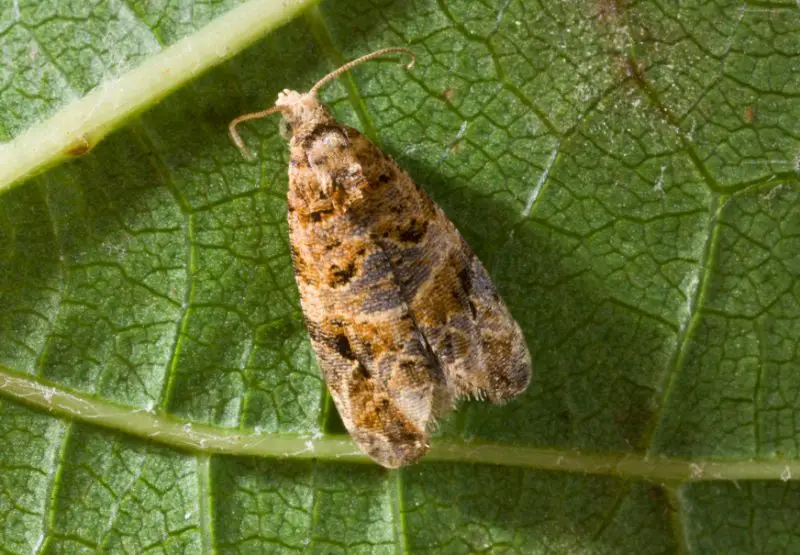
The European Grapevine Moth is a small moth with a wingspan of about 10–12 mm. Its forewings are brownish-gray with dark markings forming a chevron-like pattern, while the hindwings are lighter and fringed. Larvae are greenish with brown heads and feed directly on grape buds and berries.
This moth is a major pest of grapevines and occasionally other fruit crops. Infestation signs include webbed or damaged berries, frass on clusters, and reduced fruit quality. Adults are active at night, and pheromone traps are often used for monitoring populations.
Behaviorally, larvae feed in groups, consuming flowers, shoots, and fruit, leading to significant crop loss. Pupation occurs in rolled leaves or bark crevices. Multiple generations occur per year, especially in California’s Mediterranean climate, accelerating damage if left unmanaged.
In California, European Grapevine Moths are mainly detected in vineyards of southern and central regions. Control involves integrated pest management including pheromone disruption, insecticides, and monitoring programs to prevent population outbreaks and protect grape yields.
Asian Longhorned Beetle (Anoplophora glabripennis)
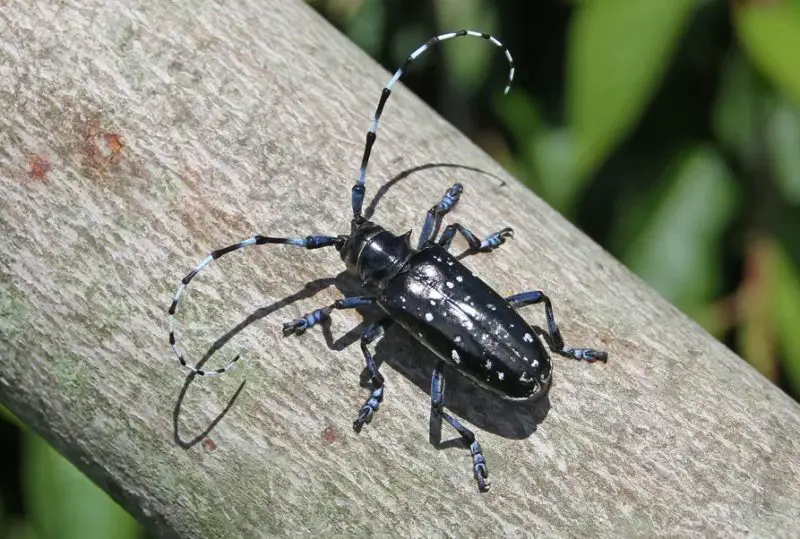
The Asian Longhorned Beetle is a large, glossy black beetle with white spots on its wing covers, measuring 20–35 mm in length. Its long, banded antennae can be 1.5–2 times the body length. Larvae are creamy-white and tunnel inside tree trunks, disrupting vascular tissue.
This beetle primarily attacks hardwood trees such as maples, elms, and willows. Identification involves observing round exit holes in tree trunks, sawdust-like frass, and adult beetles clinging to bark. Infested trees often exhibit dieback or branch death.
Behaviorally, adults feed on leaves and bark, while larvae bore deep into the wood, often killing the tree over time. Females lay eggs in bark depressions, and larvae develop over months to years, depending on climate and host species.
In California, Asian Longhorned Beetles have been detected in urban and suburban areas. Eradication programs include tree removal, quarantines, and strict monitoring, as this pest poses serious ecological and economic threats to native forests and urban landscapes.
Gypsy Moth (Lymantria dispar)
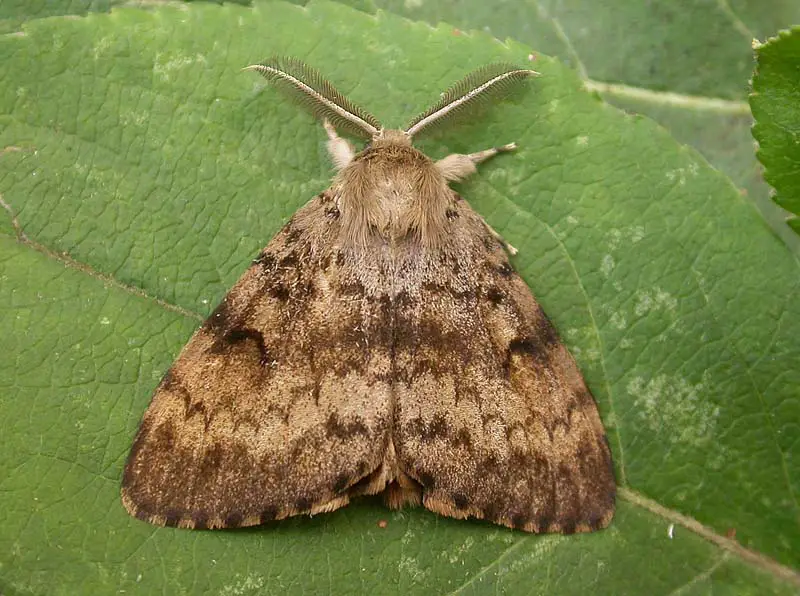
The Gypsy Moth is a medium-sized moth with a wingspan of 37–62 mm. Males are brown with feathery antennae, while females are larger and mostly white with dark markings. Caterpillars are hairy, with pairs of blue and red spots along their backs, and they voraciously feed on leaves.
Gypsy Moths are highly destructive to hardwood forests. Identification includes observing caterpillars on tree trunks and foliage, egg masses on bark or surfaces, and defoliated trees. Adults emerge in late spring to early summer, with females laying hundreds of eggs in sheltered locations.
Behaviorally, larvae feed on a wide range of deciduous trees, sometimes causing complete defoliation. They can disperse via ballooning (caterpillars using silk threads to catch the wind) and are capable of rapid population growth under favorable conditions.
In California, Gypsy Moths have been introduced sporadically, primarily in quarantine areas in northern and central regions. Management involves pheromone traps, targeted insecticides, and egg mass removal to prevent establishment and spread.
Golden Nematode Beetle (Globodera rostochiensis)

The Golden Nematode Beetle is a small beetle approximately 2–4 mm long, with an oval, yellowish-brown body. Its hardened wing covers feature faint patterns, and it primarily targets potato crops. Larvae feed on roots, causing significant underground damage.
This beetle is a vector for nematodes that attack potato and other Solanaceae crops. Identification involves noticing damaged roots, stunted plants, and the presence of adult beetles in soil. Infested fields often show uneven crop growth and reduced yield.
Behaviorally, adults emerge in spring and lay eggs near host plant roots. Larvae feed on tubers, creating entry points for secondary infections. The species reproduces slowly but can persist in soil for years, making eradication challenging.
In California, Golden Nematode Beetles are mostly confined to regulated agricultural areas. Management includes crop rotation, resistant cultivars, soil treatments, and strict quarantine measures to prevent further spread.
FAQs About Invasive Insects in California
What are invasive insects, and why are they a problem in California?
Invasive insects are species introduced from other regions that establish, spread, and cause ecological or economic harm. In California, they threaten agriculture, forests, and urban landscapes by feeding on crops, transmitting plant diseases, and outcompeting native species.
How can I identify the Asian Citrus Psyllid?
Asian Citrus Psyllids are tiny (3–4 mm), brownish insects with mottled wings and orange markings near the eyes. Look for nymphs on young shoots, adults feeding on leaf undersides, and signs of citrus greening disease.
What crops are most affected by the Mediterranean Fruit Fly?
The Mediterranean Fruit Fly attacks over 250 fruit and vegetable types, including citrus, stone fruits, and tomatoes. Infestation signs include larvae inside fruit, oviposition punctures, and premature fruit drop.
How does the Glassy-Winged Sharpshooter spread plant diseases?
This leafhopper feeds on xylem sap and transmits Xylella fastidiosa, which causes Pierce’s disease in grapevines and other plants. Both adults and nymphs feed on multiple hosts, enabling rapid disease spread.
What damage does the Light Brown Apple Moth cause?
The Light Brown Apple Moth larvae feed on leaves, buds, flowers, and fruit. Infested plants may show webbed or rolled leaves, frass deposits, and stunted growth, leading to reduced crop yield and quality.
How do Brown Marmorated Stink Bugs affect homes and crops?
These stink bugs feed on a wide range of fruits, vegetables, and ornamentals, causing pitting and deformation. In fall, adults often invade homes to overwinter, making them a nuisance indoors as well.
Where are Red Imported Fire Ants commonly found in California?
Red Imported Fire Ants are mostly found in southern California, in open areas like lawns, pastures, and roadsides. They form large mound nests and are aggressive, delivering painful stings.
How can farmers manage European Grapevine Moths?
Management strategies include monitoring with pheromone traps, applying insecticides, and using integrated pest management practices. Early detection is key to protecting grape yields from damage caused by larvae.
What trees are threatened by the Asian Longhorned Beetle?
This beetle attacks hardwood trees such as maples, elms, and willows. Signs of infestation include round exit holes, frass, and branch dieback. Infested trees may eventually die if the beetle population is not controlled.
How can California prevent the spread of Gypsy Moths and Golden Nematode Beetles?
Prevention involves monitoring, quarantines, pheromone traps, egg mass removal, crop rotation, and using resistant plant varieties. Public awareness and early intervention are critical to limit establishment and spread.

